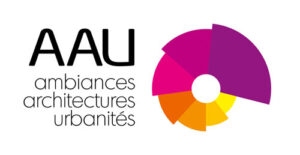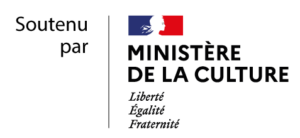Nathalie Boucher & Laurence Janni, PhD candidates in Urban Studie. VESPA Laboratory, Institut national de la recherche scientifique, Centre Urbanisation Culture Société, Montreal, Canada
The researcher of urban environment has a duty to master the art of objectivity. He is nonetheless prey to the ambiances of the spaces he studies, in his research and by his methods. The researcher is submerged in urban ambiances when performing site surveys or going to the interview location. In both cases, and in many others, his sensory predispositions will have an influence on the data he collects. Should the researcher control or analyse his sensitivity to urban ambiances in his understanding of the city? Does he have the theoretical and methodological tools to do so? As an exercise, we shall compare here our two preferred methodologies and their relationship to ambiance.
Ethnography
Ethnographical urban immersion is currently short, focused on a given dimension of the city. Ambiance is a powerful, perceptible element, although often understood as secondary or even illustrative. The Belleville of Simon1 is designed as overlapping Belleville ambiances, which expresses the patchwork of social customs in this multiethnic quarter. Does the record of the ambiances here depend on the research subject? Would another researcher working on another subject choose the same sounds, lights, voices and colours? Would he put them together in the same way? Would he analyse them with the same result? Researchers tend to neglect the importance of their senses too often. The researcher’s relationship to sensory stimulations is not recognized and rarely explored and used. Yet field studies are enhanced by sharing these experiences with city-dwellers. The tools that guarantee ethnographical worka minimum scientific value could be put to use to objectify the relationship to ambiance. Yet wouldn’t this exercise of objective recording and transmission of the relationship to urban ambiances misrepresent these wholly subjective sensory experiences?
Cyber ethnography
How can we hear these subtle calls to the senses and make allowance for their echo in urban research? The new technologies that play a growing role in our data collection methods could perhaps do justice to the ambiances experienced, sensed and expressed. Cyber ethnography helps the researcher keep the field at a distance from his senses. Yet is this a way of making research more objective or depriving it of key elements for its understanding of social issues? Should this data be reintegrated into our field knowledge and, if so, how should it be done? City-dwellers’ digital practices and the connectivity in public areas in turn contribute to this ambiance that needs to be recorded, and they ultimately contribute to its pace. A few years ago, Finnegan2 examined the importance of the various accounts (personal and institutional) that city-dwellers give of the city as they write about themselves. Each account therefore helps represent the whole, and the experience as a whole. The abundance of accounts of this type on the Internet open up new vistas in terms of access to a great diversity of stories, feelings and representations, and accordingly elements of ambiance filtered by other sensitivities than those of the researcher. Could the Internet be the tool for a study of ambiances that would encompass all sensory dimensions, except that of the researcher?
1. Simon, P. 1997. «Les usages sociaux de la rue dans un quartier cosmopolite». Espaces et Sociétés, vol. 90-91, p. 43-68.
2. Finnegan, R. 1998. Tales of the city. A stydy of narrative and urban life. Cambridge : Cambridge University Press.



